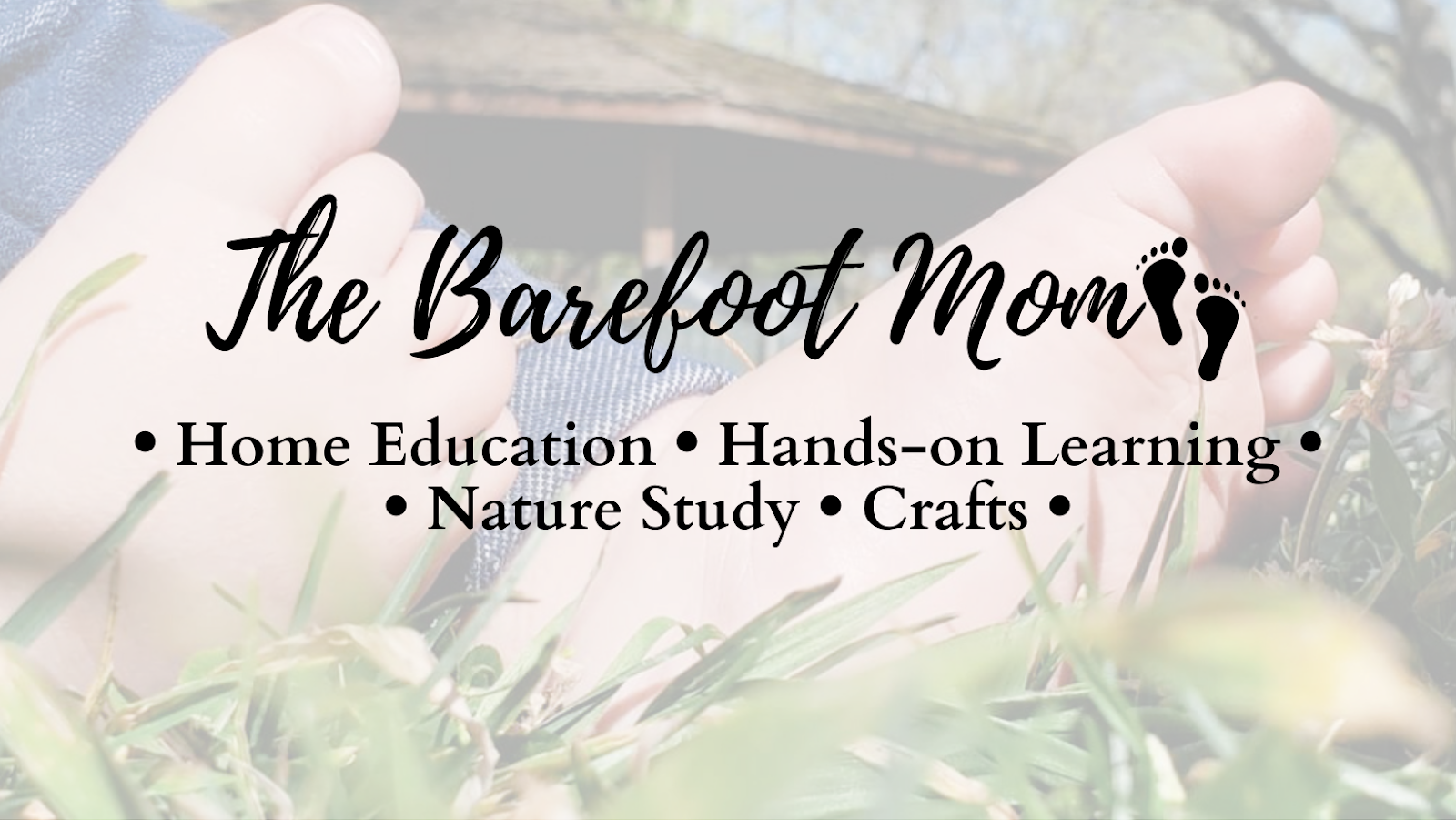There are a lot of different homeschool philosophies and methods out there, such as unschooling, Charlotte Mason, Waldorf, Montessori, and many others. When I first started homeschooling, I struggled finding a philosophy that felt like the right fit for my family. I liked certain aspects of many of the different methods, but there were also aspects that I didn't like. After a while, I said "forget it", and stopped trying to fit our homeschool into someone else's vision. We've been doing our own thing ever since and have never looked back.
One of the best things about homeschooling, is the freedom it allows to custom fit your children's education to accommodate their unique interests and needs. Take advantage of that freedom! Your family is unique, and so are each of your children, so shouldn't their educations also be unique? What works for one family or even one child, may not work for another. Don't get caught up trying to make your homeschool look like someone else's, make it whatever works for your family.
We tend to take a different approach to almost every topic we cover. Sometimes the approach even varies from child to child. My oldest is a very active, hands-on learner, so with her I try to incorporate as much movement and as many hands-on activities as I can. She is also very much a free thinker, and fights too much structure, so an unschooling approach to many topics works well for her. She is mildly dyslexic though, so we take a little bit more of a traditional route when it comes to spelling and phonics, because she needs the practice. My younger daughter on the other hand, is calmer and very contemplative, so our approach to school with her will likely end up looking a bit different than our approach with her sister.
Don't get me wrong, I'm not saying that homeschool philosophies are bad. If you find one that's a good fit for your family, run with that. Just don't become so loyal to a philosophy that you loose sight of your children's needs and learning styles. Take what you like from a philosophy and leave what you don't like. You know your kids better than educators who have never met them. Make your homeschool yours!
If you enjoyed this post, check out:
-The Benefits of Student Led Learning
-A Look At Our Homeschool Plans: Grade 4
Follow me on:
Facebook
Pinterest
Instagram
We tend to take a different approach to almost every topic we cover. Sometimes the approach even varies from child to child. My oldest is a very active, hands-on learner, so with her I try to incorporate as much movement and as many hands-on activities as I can. She is also very much a free thinker, and fights too much structure, so an unschooling approach to many topics works well for her. She is mildly dyslexic though, so we take a little bit more of a traditional route when it comes to spelling and phonics, because she needs the practice. My younger daughter on the other hand, is calmer and very contemplative, so our approach to school with her will likely end up looking a bit different than our approach with her sister.
Don't get me wrong, I'm not saying that homeschool philosophies are bad. If you find one that's a good fit for your family, run with that. Just don't become so loyal to a philosophy that you loose sight of your children's needs and learning styles. Take what you like from a philosophy and leave what you don't like. You know your kids better than educators who have never met them. Make your homeschool yours!
If you enjoyed this post, check out:
-The Benefits of Student Led Learning
-A Look At Our Homeschool Plans: Grade 4
Follow me on:



This is probably the number one reason some people shy away from homeschooling. It can be so overwhelming to hear all the methods, approaches, and philosophies. I think my first year I was so consumed by "what method will I use" that I missed the beauty and fun of homeschooling with my first child.
ReplyDeleteI agree that it probably does turn a lot of people away from homeschooling. While homeschool philosophies can be great for drawing inspiration from, I think the pressure to choose and "live up to" one can definitely be overwhelming.
Delete